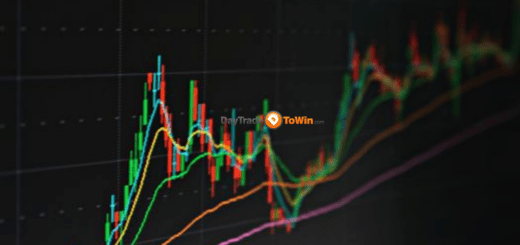Analyzing the Stock-Market Bubble: A 3-Year Perspective on Nasdaq and S&P 500 Returns
The notable rise in the stock market in 2023, led by renowned tech firms, has raised worries about a potential new bubble. The Nasdaq Composite index is significantly gaining ground, outpacing the solid growth of the S&P 500.
Jessica Rabe, the co-founder of DataTrek Research, noted on Thursday that when observing market trends from a broader perspective, it could be seen that the Nasdaq is merely readjusting to match the prominent U.S. benchmark. She further warned against underestimating the difficulties that the stock market encountered in the year 2022.

Rabe highlighted that the Nasdaq had experienced a significant 37.2% increase from the start of the year up until Wednesday’s closing, substantially outperforming the S&P 500’s growth of 18.9%. Nevertheless, when looking at the past three years, the S&P 500 had a superior increase of 42%, compared to the Nasdaq’s growth of 37%.
DataTrek researched the three-year rolling returns from the S&P 500 and Nasdaq Composite over the last fifty years to contextualize the 2022 losses and expected recoveries in 2023. Rabe mentioned that their choice of timeframe was due to the fact that a three-year period helps smooth out annual volatility and seasonality and that half a century provides a varied glimpse of business, interest rate, and valuation cycles (consult the following chart).
Rabe pointed out that the Nasdaq Composite typically performs better than the S&P 500 over a period of three years, even though it’s generally more volatile than expected. He also mentioned past data from 1974, indicating that the Nasdaq’s three-year average price return was 41%, while the S&P 500’s was 29%.
In the last three years, the Nasdaq Composite has seen a 37.1% increase, which is slightly less than the 42% growth of the S&P 500. Therefore, this year’s performance appears to be aligning with the long-term average.
The analyst pointed out that the Nasdaq has been trailing the S&P by nearly 500 basis points over the last three years, a time span where the Comp typically manages to significantly outdo it by about 1,220 basis points. Consequently, it would make sense for the Nasdaq to be taking steps to recover and regain its usual performance by 2023.
The data also suggests that 3-year returns rarely predict a loss and typically mirror past cycles. She highlighted that barring geopolitical or financial turmoil, both the Nasdaq and S&P typically generate positive returns, frequently double-digit, over a three-year period.
Rabe stated that even though this year saw robust rallies in both the Nasdaq and S&P, their three-year returns can still be considered modest when compared to historical norms. The three-year return of the Nasdaq, currently at 37.1%, is slightly below its average of 41.2%. However, it still falls within the lower side of a standard deviation. Contrarily, the S&P 500 surpassed its average return of 29% by yielding a 42% return in the same period, which still fits within a higher standard deviation, added Rabe.
What does this ultimately suggest? Rabe admitted that stock valuations are currently high, indicating that businesses need to continue producing profits. Nevertheless, she highlighted that the impressive growth of both market indexes can also be partly credited to a return to historical averages. Rabe compared the 2022 performances of the S&P 500 and Nasdaq to some of history’s worst economic periods: the 1973-74 oil crisis; the dot-com bubble burst; the lead-up to the second Gulf War; and the 2007-09 financial crisis, suggesting they were near or at the same low levels.
She articulated that the profits earned this year have moved them nearer to their typical yields over the preceding three years. However, they are still significantly distant from attaining a status resembling a financial bubble.




